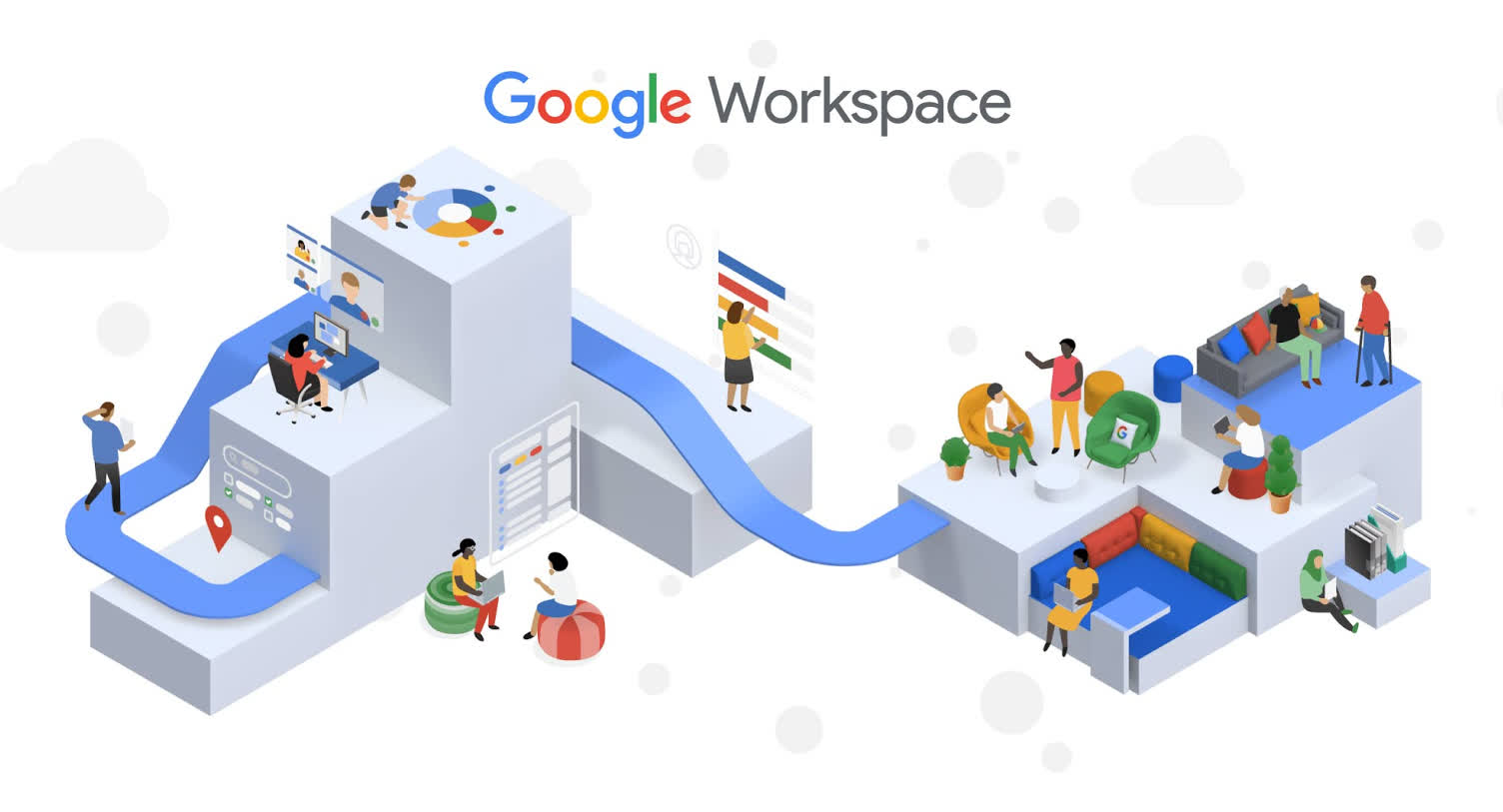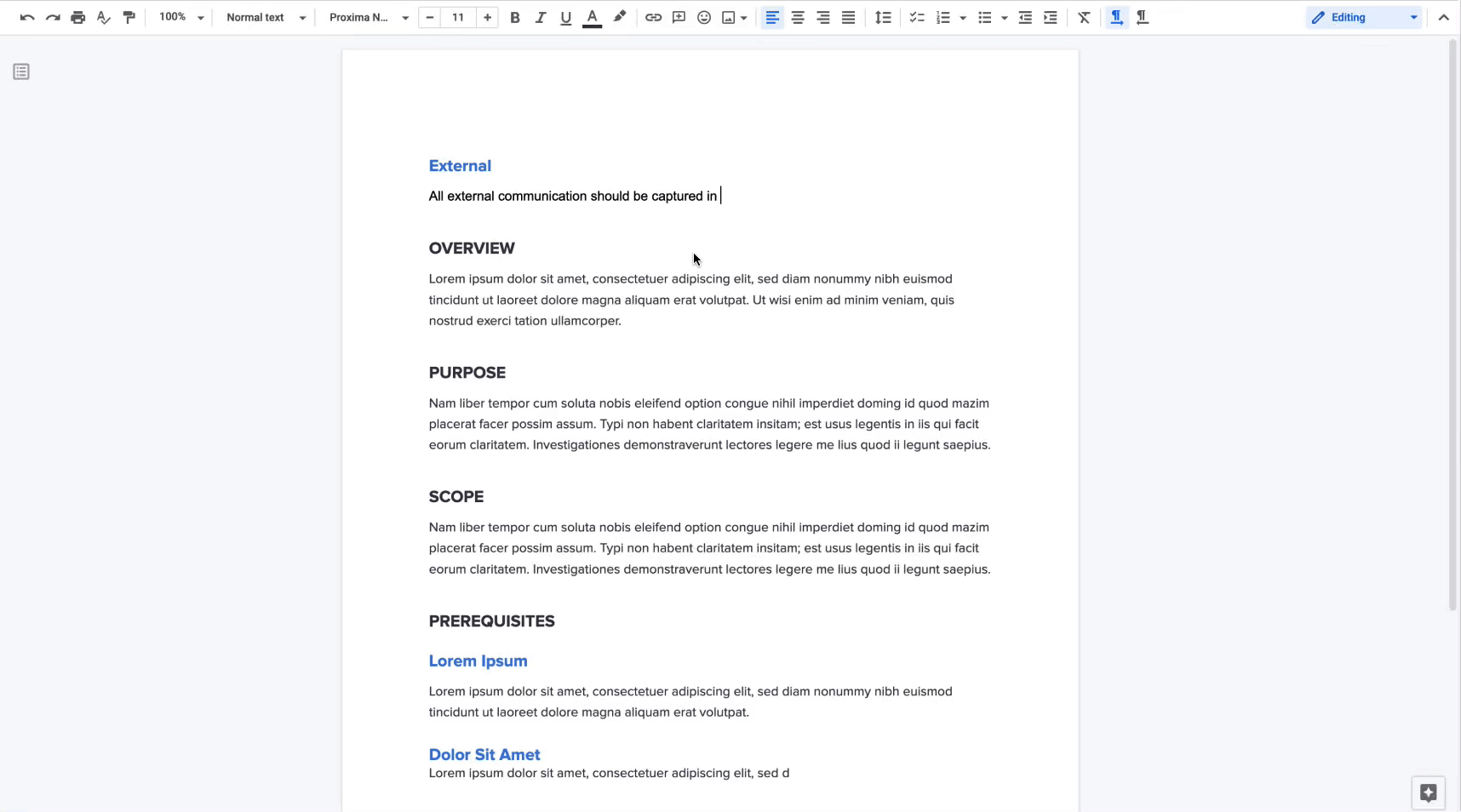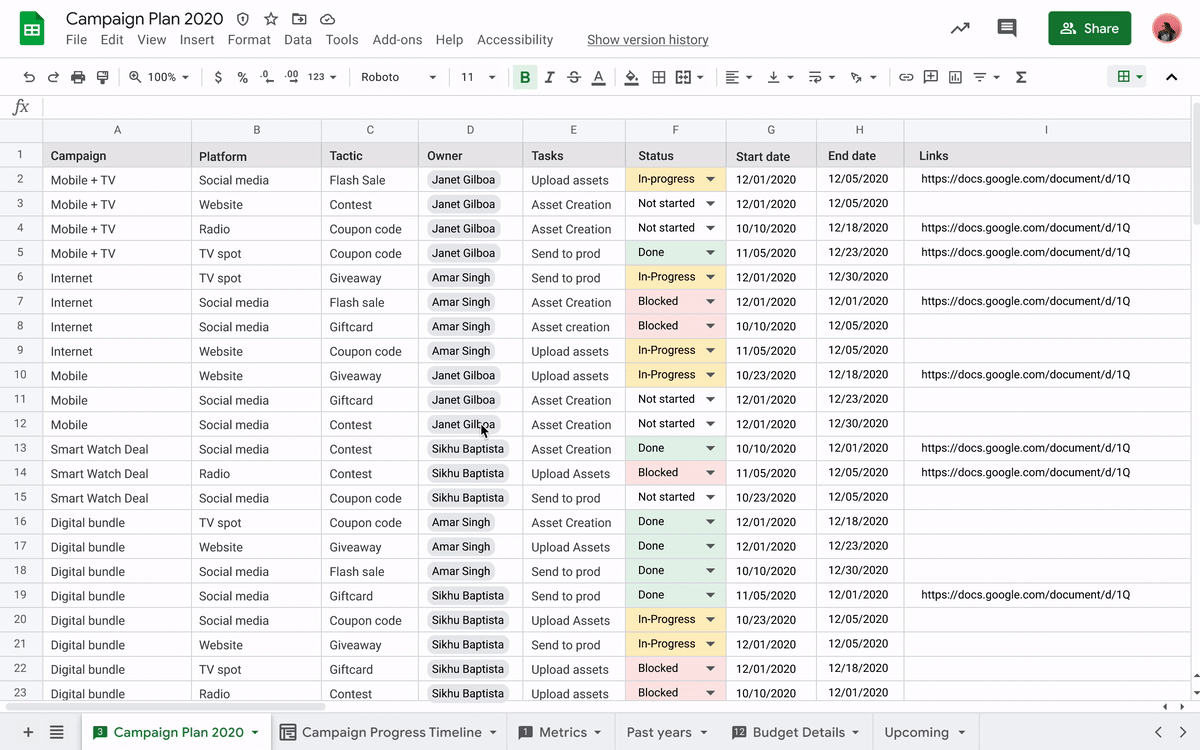
While everyone likes to talk, think (and write) about all the interesting types of applications that people use for both work and personal purposes, the truth is, we all still spend a huge amount of time in your standard productivity apps, like Microsoft Office 365 and Google Workspace (formerly G Suite). As a result, when there are important changes that occur to these app environments, they tend to have a bigger impact than most initially consider or realize.
That certainly appears to be the case with the latest capabilities that Google has added to Workspace and announced at their I/O conference (along with a new version of Android and more).
The big news for Workspace is something the company is calling Smart Canvas, which essentially turns your Docs, Sheets and (eventually) Slides files into truly interactive documents that are specifically optimized for collaboration.
To be clear, Workspace has offered a number of collaboration features for quite some time and, back in its G Suite days, it was the collaboration capabilities that arguably served as its main differentiator from Office. Still, there were always a few extra steps involved in getting the process started, such as inviting people to work on a document, setting up a separate meeting first, etc.
With Smart Canvas, Google is integrating the capabilities for its Meet messaging tool directly into its suite of productivity tools. Initially this will occur by allowing Docs and Sheets files to be easily shared in Meet-based meetings, but later this year the company expects to allow people to start collaborative meetings directly from within the document—a subtle but important difference.

Use @ mention to add smart chips for recommended people, files, and meetings.
In addition to these integrated meeting capabilities, the “smart” portion of Smart Canvas shows up in a number of different ways. First, the company is allowing the @ symbol to serve as a simple mechanism for tying people, meetings and resources into a collaborative document.
Simply type in an @ symbol and a name and Workspace does a smart lookup to your contacts to integrate that person into the collaborative process—a feature the company already supports. What’s new is that the @ symbol can now also be used to intelligently bring in meetings or relevant documents. Google call this capability “smart chips” and what it does is both reduce the friction involved in tying elements of your productivity work together and brings the kinds of simple, but very useful intelligence into documents that we’ve long been promised.
"Recognizing that many people use spreadsheet tools like Sheets for tracking projects, Google has added a specific new timeline view which makes the process of using it for project management much easier"
Arguably all the way back to the early days of publish and subscribe, companies have been looking for simple ways to tie together separate bits of data, files, people and ideas into an organized coherent whole. Only now with features like smart chips, however, is the vision starting to be more fully realized.
While some may argue that the practical impact of these changes is relatively modest, it’s important to bear in mind that they are the first implementations of a more comprehensive view of productivity and personal information management that weaves intelligence throughout them.
In other words, it’s a world of productivity documents where there’s a sense that the documents “know” something about each other and can be intelligently and automatically linked together. Ultimately, that should lead a more intuitive experience not just for individual users but for work teams as their collaborative efforts can be more easily tied together.

Manage projects and track tasks more easily with Sheets timeline view.
The intelligence capabilities that Google has added to Workspace extend beyond the smart chips concept as well. For example, recognizing that many people use spreadsheet tools like Sheets for tracking projects, Google has added a specific new timeline view which makes the process of using it for project management much easier. Plus, the ability to integrate and assign to-dos for projects (another part of the smart chips feature) adds a level of simple database-like tracking of projects, assignments, etc.
There are also new extended intelligence capabilities within both Docs and Sheets. The grammar and writing focused tools in Docs, for example, can now point out potential gender bias and other potentially offensive language in your documents and make suggestions on how to fix it. In Sheets, the program has new abilities to suggest (and correct) formulas to make the process of analyzing your data both faster and more comprehensive.
Other additions include the ability to integrate chat functionality more easily within Docs and Sheets (and create those types of documents within a Google Chat), multi-language real-time translations for Meet meetings that can be quickly added to documents or saved as meeting notes, and more.
Google also still has to deliver on the promise of what they discussed at I/O before we can say they succeeded.
All told, what Google is providing with Smart Canvas and the latest version of Google Workspace is essentially delivery on the potential of what interactive office productivity documents was supposed to be. Both Google and Microsoft have been making big promises in this area for many years but, frankly, the reality of the “smarts” that they either directly said or implied in their messaging didn’t always meet the lofty expectations they created. To be fair, Google also still has to deliver on the promise of what they discussed at I/O before we can say they succeeded. Still, it seems the era of truly intelligent office productivity and collaboration may finally be upon us.
Bob O’Donnell is the founder and chief analyst of TECHnalysis Research, LLC a technology consulting firm that provides strategic consulting and market research services to the technology industry and professional financial community. You can follow him on Twitter @bobodtech.